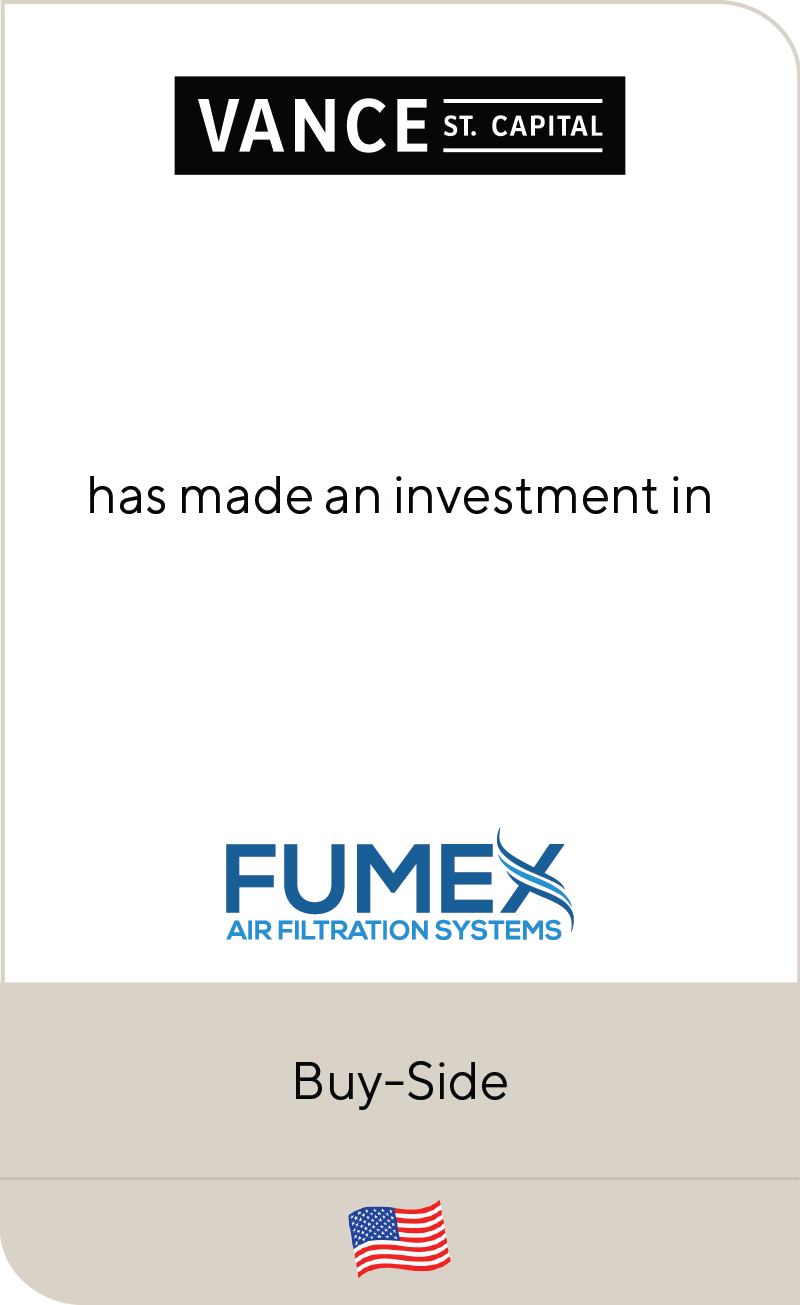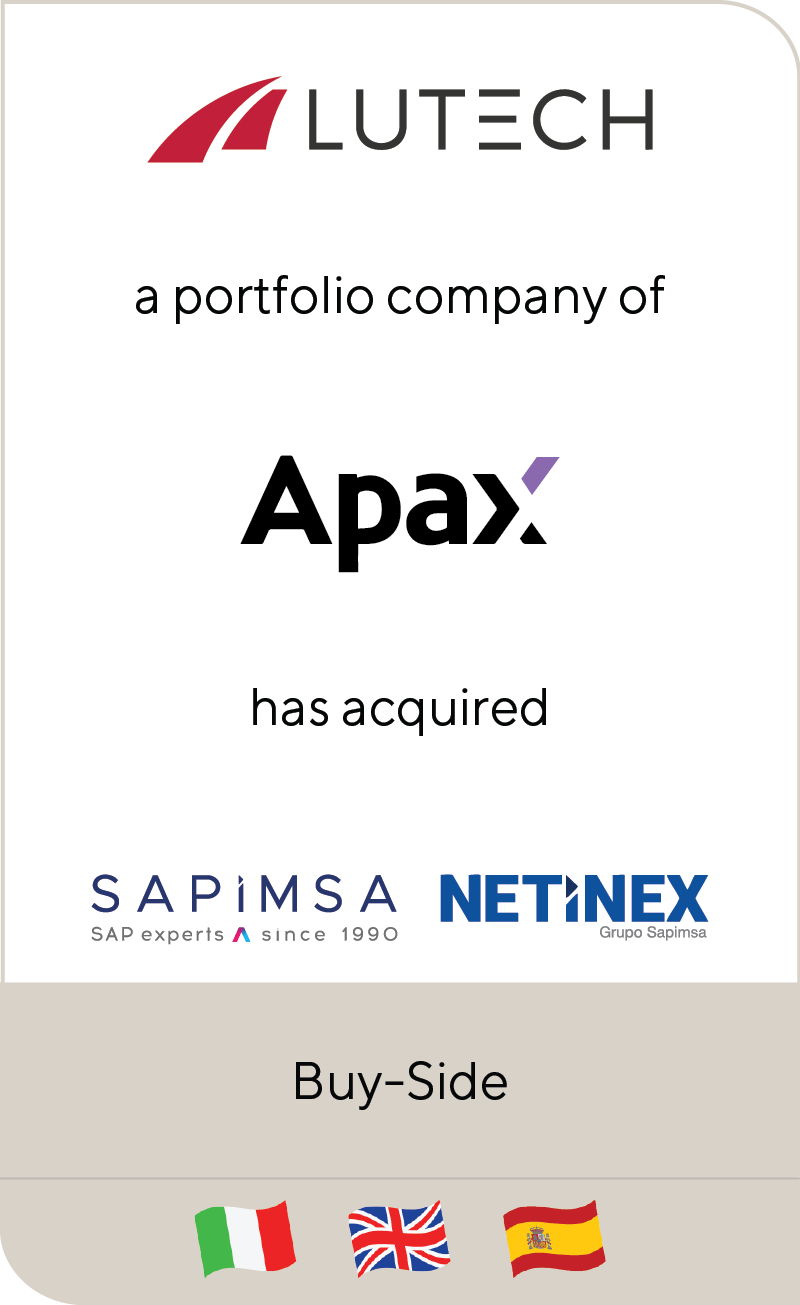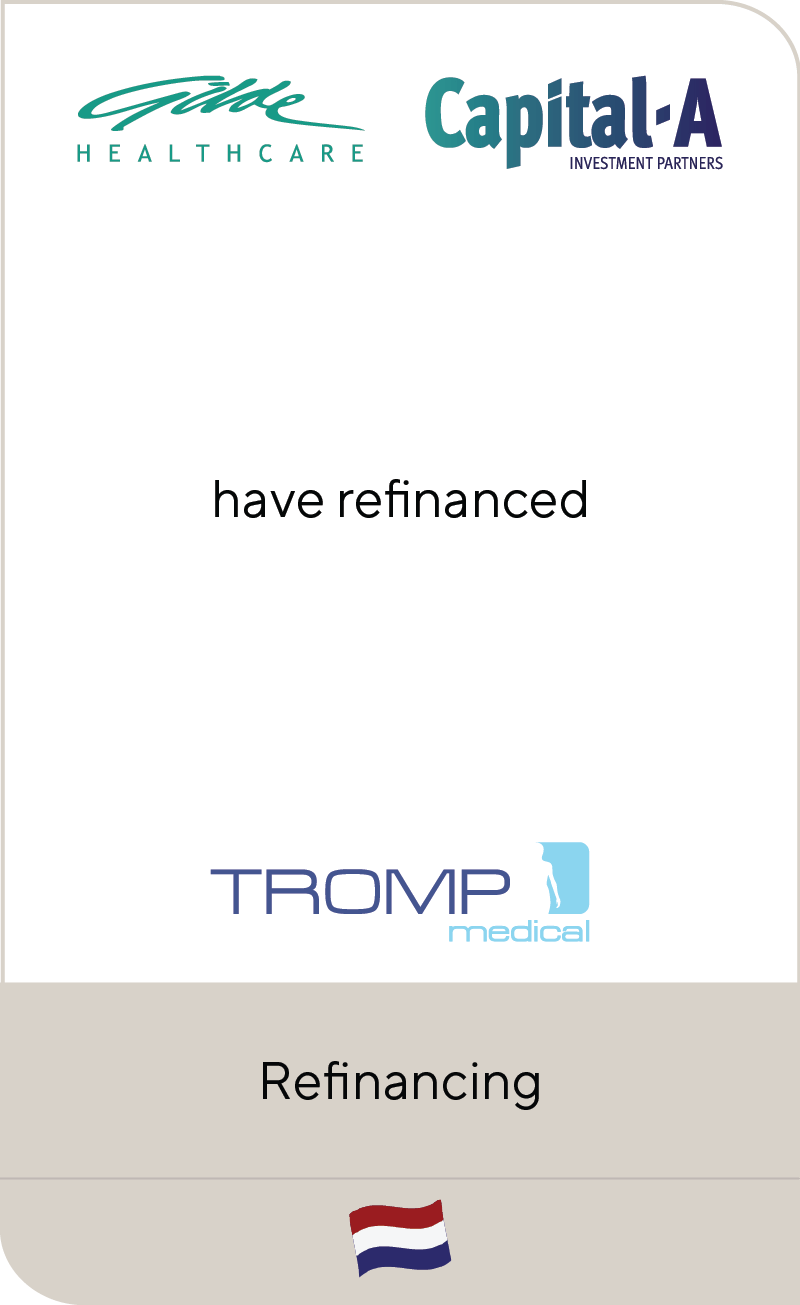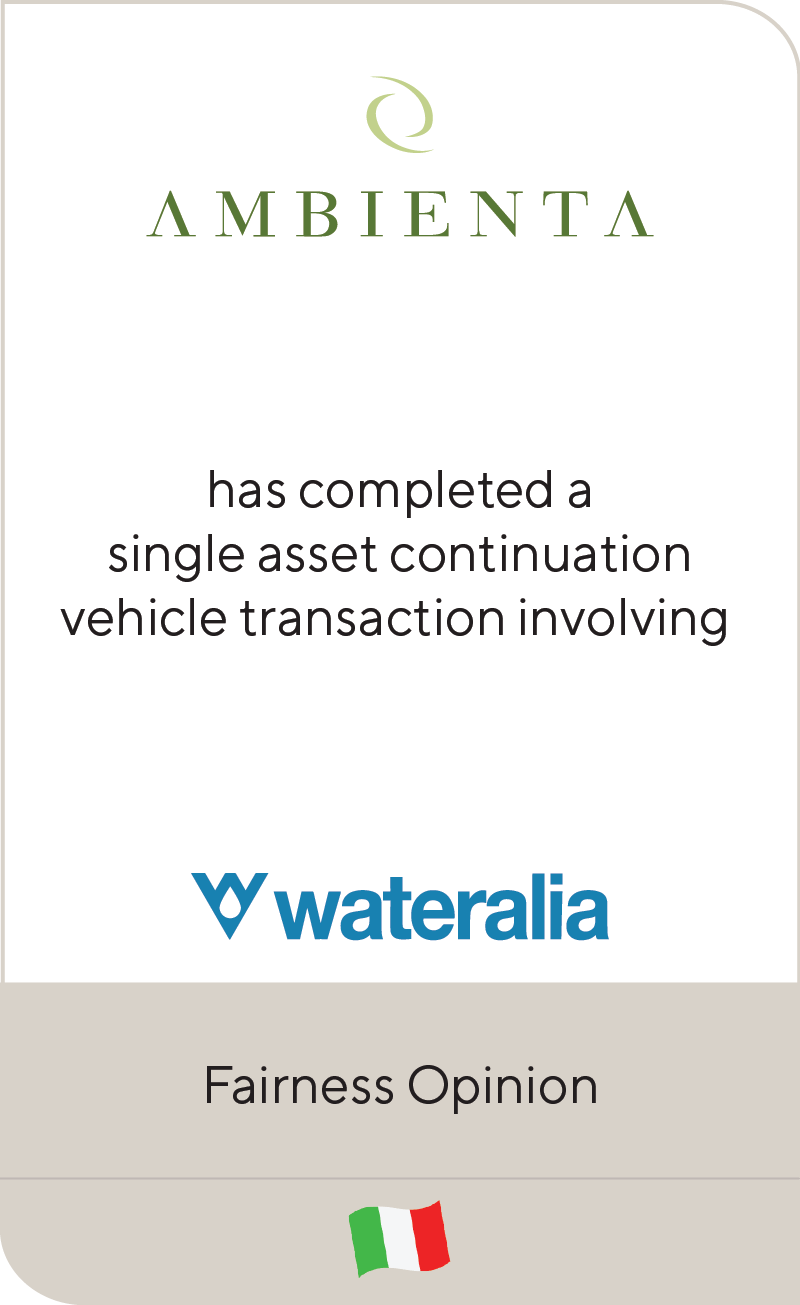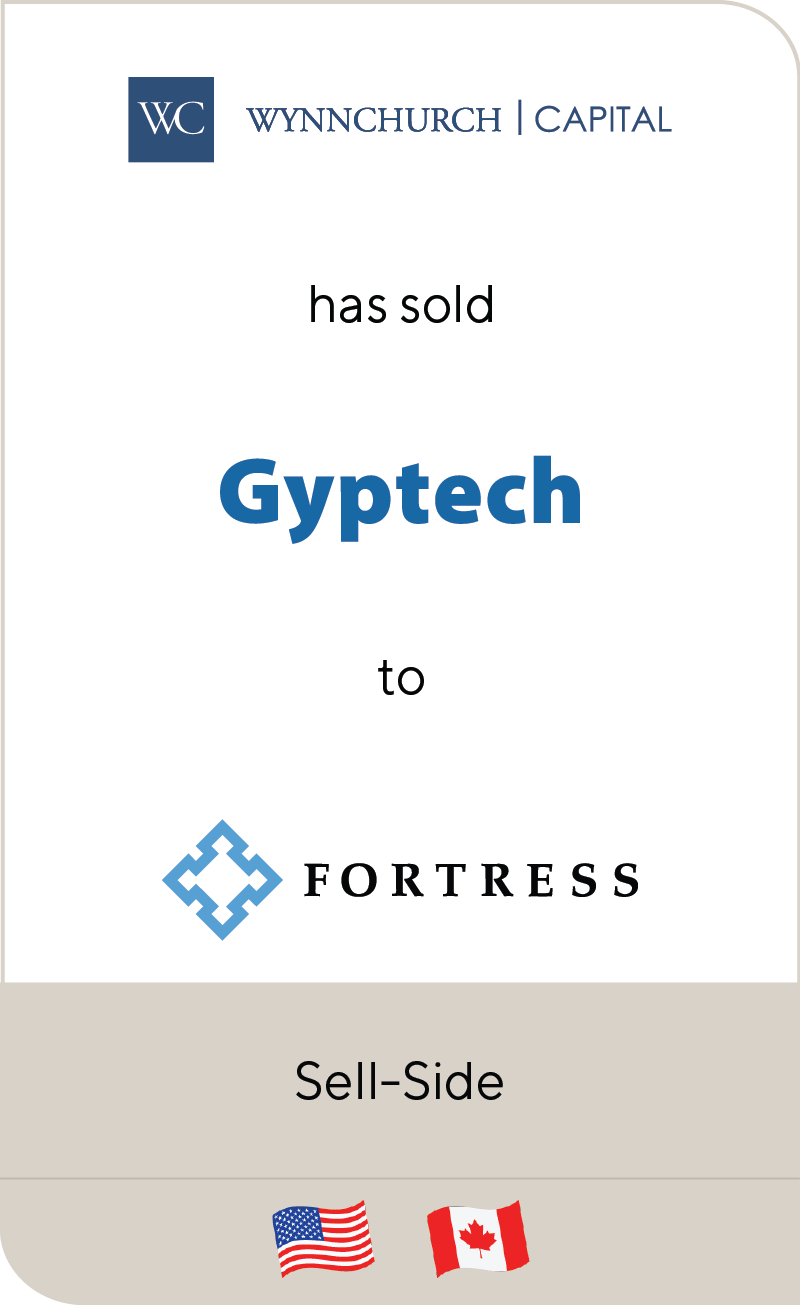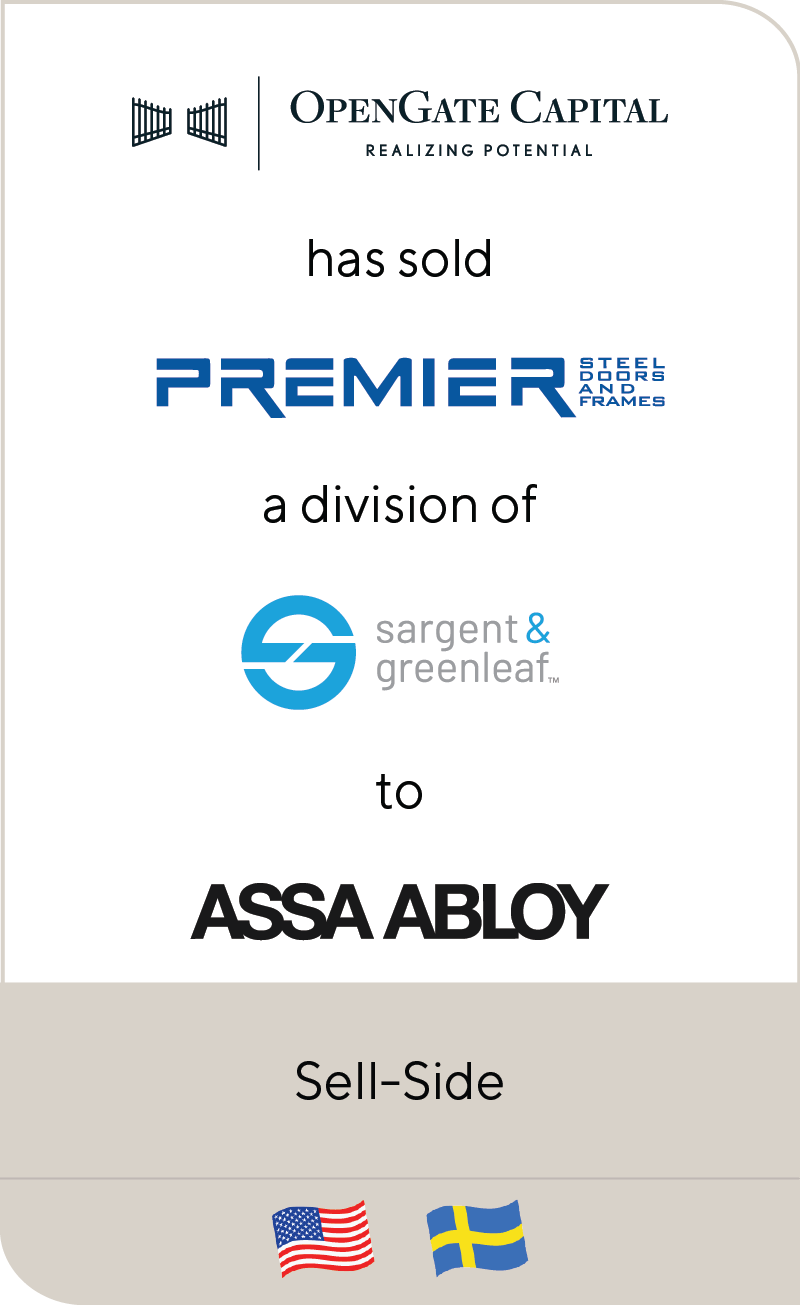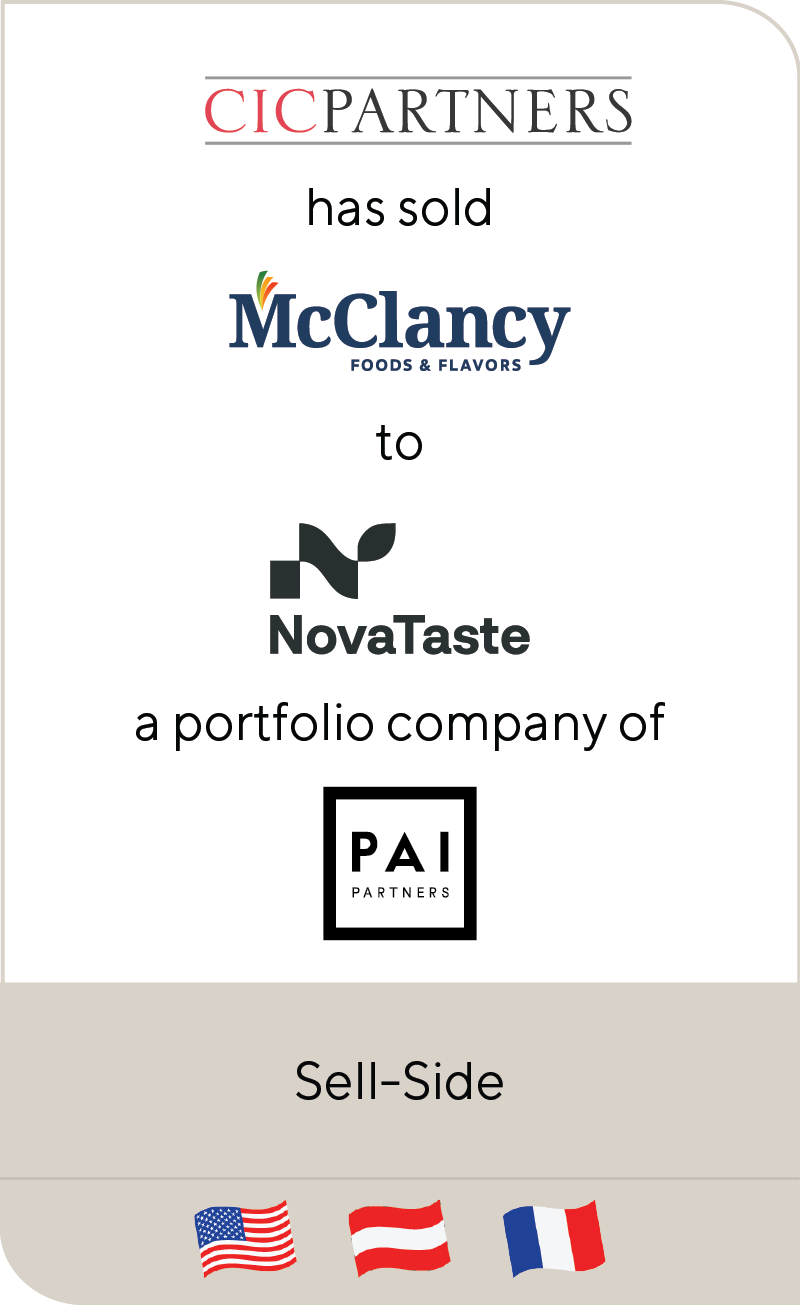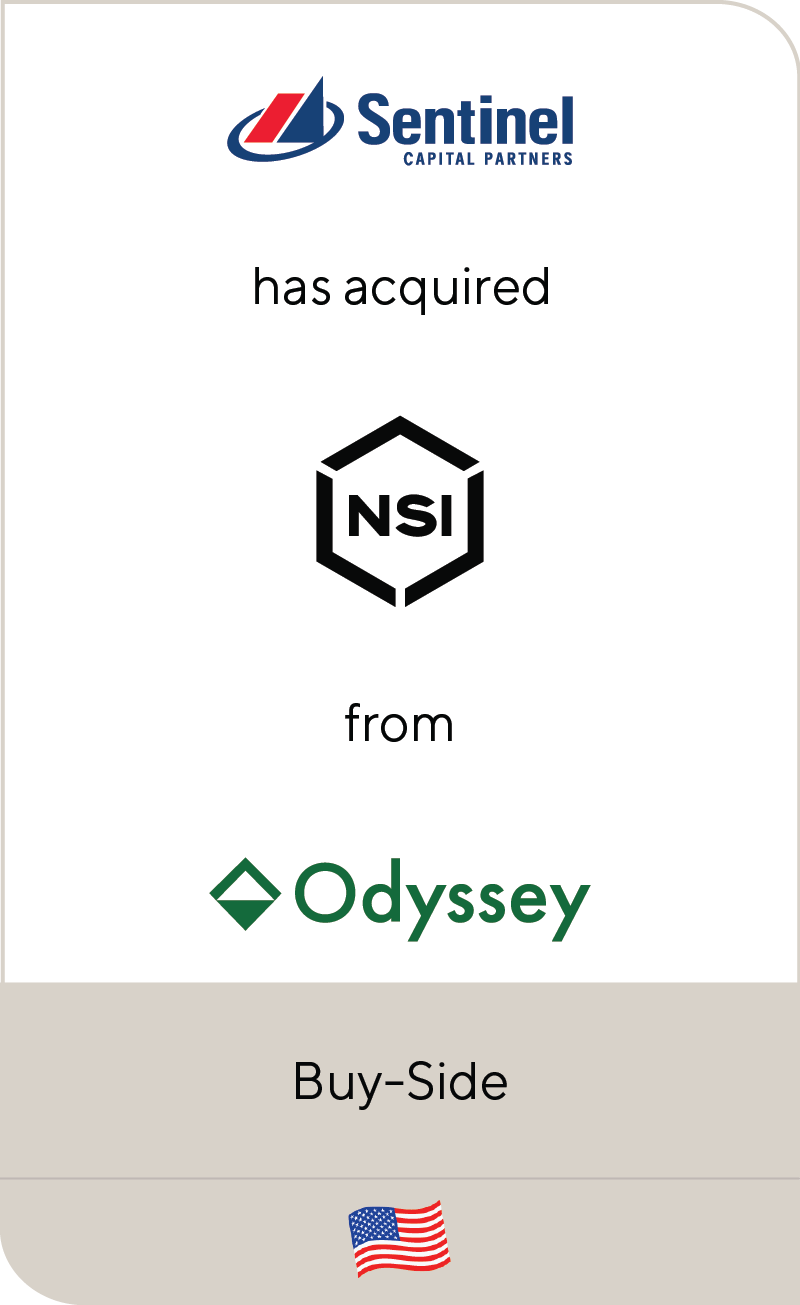Better Together: Critical Early Steps Towards JV and Partnership Success
Mar 2020
Marc van Grondelle and Emma Blackley of Lincoln’s global Joint Ventures & Partnering practice unpack why JVs and partnerships are so often overlooked and how to execute them without mishap.
Why is it that some JVs and partnerships go awry and what questions should executives ask themselves before moving forward to make sure they are on the right track?
Emma: JVs that go wrong often start with a handshake and a nod over dinner with a mate. Nobody can build a decent business case that way. People must think it through and do their internal thinking and due diligence.
Marc: All executives should ask themselves a very simple series of questions before entering a JV: 1) What are we going to do together? 2) How are we going to do that together? 3) And then, and only then, should they iron out the percentages of the deal and decide on who gets how much.
1What are we going |
2How are we going to |
3How much do |
Emma: At its core, the first question drills into: what sort of business are we building? How big is it going to be? What’s it going to produce? What’s it going to sell? At what sort of price, in what sorts of territories? And I would add to that: what is our differentiator that indicates we’re going to succeed, at the expense of our competitors, by bringing our two businesses together?
The second question, the how, concerns the actual operating model, the way the business is going to be run in practice. What sort of technology is going to be used? Whose systems and policies are going to be deployed? What are the key processes that need to be either built, controlled or streamlined between the parties? Is there anything entirely new that needs to be created? Who is going to do what in the new / combined organization?
The last question (how much?)— should only be addressed once you’ve made it through the other two. This is about contributions to the JV. These can be anything from people, factories, technology, brand, or know-how, to customer and supplier contacts and channels to market. They could also include cash or shares in an existing business.
We often find that people tend to start with this, the how much. They start haggling about “the value of my factory and my technology” and “how much I want for it”. But actually, it’s only as you work through what you are trying to achieve and how you are going to do it, that you get under the skin of what is needed from each side to run the business successfully. This informs and shapes the terms of the deal, as well as building mutual knowledge and relationships.
 |
It’s only as you work through what you are trying to achieve and how you are going to do it, that you get under the skin of what is needed from each side to run the business successfully. |
Further, we need to make sure that we’re not basing our business case on assumptions and that we are crystal clear with each other. If we’re not, both sides are going to be building a business case on a false premise. Then when the reality becomes clear, as it surely will, both sides are going to be upset and it’s going to lead to conflict. The answer to the question ”how much” depends on the quality as well as the quantity of what you’re contributing: its genuine value to the JV business.
Marc: The road to JV hell is paved with assumptions. On the flip side, with a really good JV, the sum of the parts is stronger. 1 and 1 makes 3.
What did you do before you joined Lincoln?
Emma: I cut my teeth in the consumer publishing industry where margins are very tight. I used to work on international co-editions, which is where partnering comes in. You have partner companies around the world and you all print together. As the CEO of the consumer division, I developed relationships with a number of international publishers in the US and across Europe.
Later, I joined KPMG and ultimately, in 2011, I met Marc, who was brought in to set up a joint venture and partnering practice. I thought, “Hallelujah. Finally, somebody who’s looking holistically at the business issues in our global, interconnected world.” So we joined forces and built a business, which we then brought to Lincoln. It’s a rare and beautiful thing for an investment bank to have a JV&P practice. We are the only one.
 |
It’s a rare and beautiful thing for an investment bank to have a JV&P practice. We are the only one. |
Marc: I’m a chemical and petroleum engineer with a PhD in Islam and Middle Eastern affairs. In a former life I was a senior executive at Shell for 20 years. During my time at Shell navigating JVs and partnerships in the oil industry, I noticed that there were no professional advisers who master JVs and partnerships. You could get a bit of legal advice, you could get a bit of accounting advice, you could get a bit of tax advice. But there were no people who could do it all. As a result, we set up this practice, which is now flourishing and thriving, operating globally with Lincoln. Our team speaks loads of languages to navigate across borders: Arabic, Mandarin, French, German, Dutch, English and Italian. We even have three German accents (they are very different you know!): German-German, Swiss-German, Austrian-German.
Summary
-
Lincoln International's Joint Ventures & Partnering professionals share insights on what makes a joint venture successful.
- Click here to download a print version of this perspective
- Sign up to receive Lincoln's perspectives


